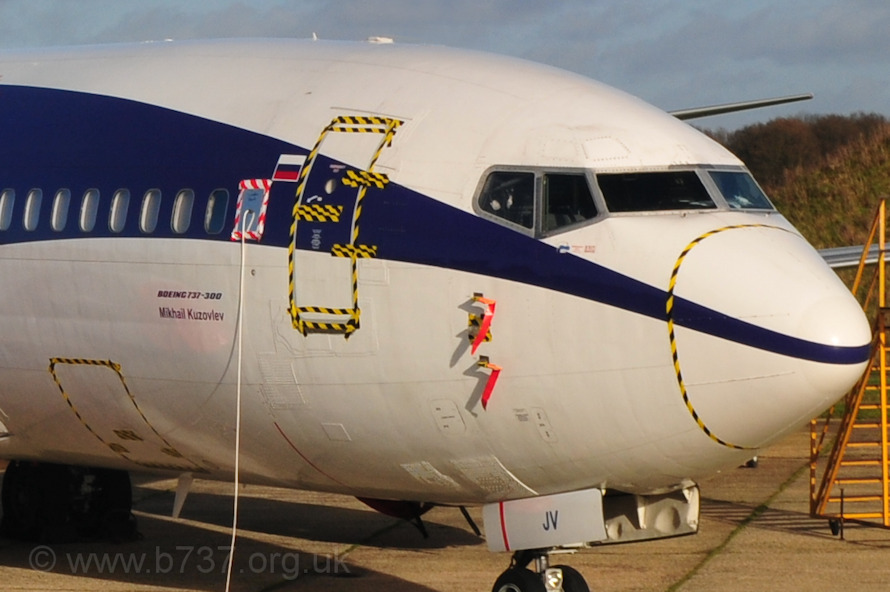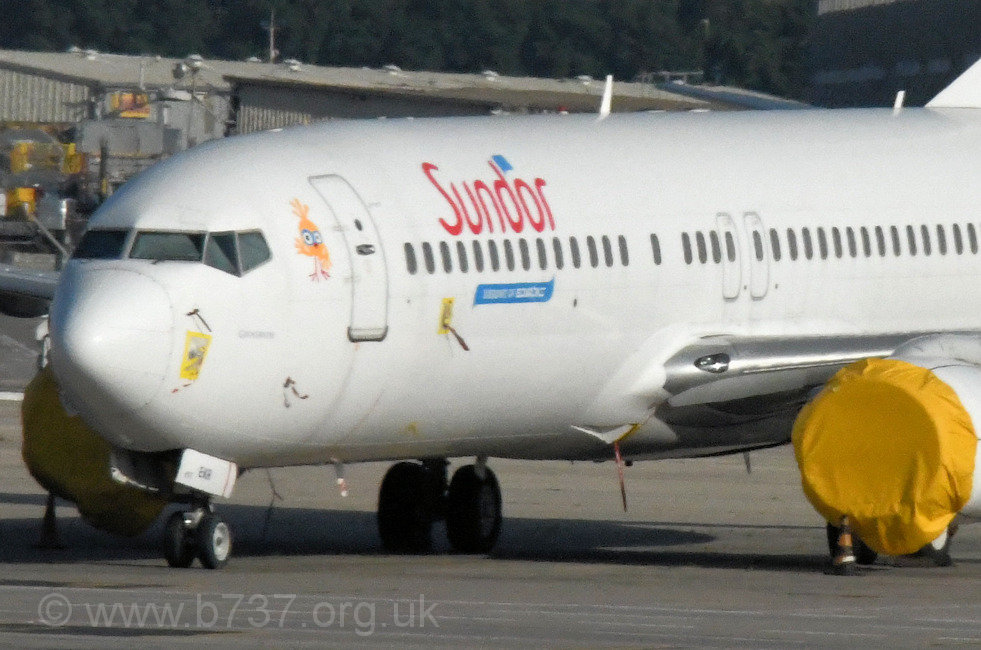 737 Storage
737 Storage
Home > Tech Photos > Storage
Contents
The Coronavirus pandemic has brought to light some of the issues relating to the very low utilisation of the B737 fleet and the published storage requirements from Boeing. Initially the short-term parking requirements for all B737-300/400/500/600/700/800/900 aircraft came into play if the aircraft had not flown for 7 days. Some of these requirements were quite demanding for operators with large fleets with tasks such as extended engine runs and preservation lubrication tasks. If the aircraft is not operated for 30 days, the aircraft is to be placed into long term storage with an even bigger maintenance burden.
However shortly after the beginning of the first lockdown in March 2020, Boeing agreed with operators a modified programme which allowed B737s to stay in active condition for up to 14 days before a flight was required. There are still some additional tasks to perform, but these are now minimal.
Most operators who have 737s in storage are now either placing them in long term storage or carrying out a maintenance check flight (usually just a radar vectored circuit) or positioning aircraft around their maintenance bases once per 14 days to reduce the maintenance burden and provide flight crew with some recency.
The introduction of FAA AD 2020-16-51 on 23 July 2020 which applies to all 737CL & NG's, now requires operators to inspect the 5th stage bleed-air check valve on each engine for condition and operation. The FAA said that: “If this valve opens normally at takeoff power, it may become stuck in the open position during flight and fail to close when power is reduced at top of descent, resulting in an unrecoverable compressor stall and the inability to restart the engine,”
Following the initial inspection, operators are to carry our repeat inspections if the aircraft have not flown for 7 days or more. Consequently, some operators are now performing maintenance check flights each 7 days to remove the need for the repeat inspections.
All of the information, photographs & schematics from this website and much more is now available in a 374 page printed book or in electronic format.
*** Updated 05 Aug 2023 ***



